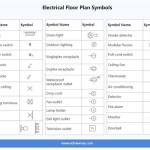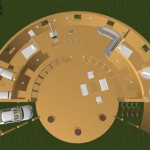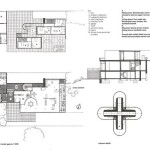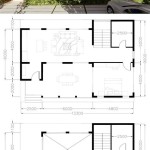Essential Aspects of Small Tudor House Floor Plans
Tudor-style houses, known for their charming exterior and cozy interiors, have been popular architectural choices for centuries. When it comes to small Tudor houses, careful planning is crucial to maximize space and maintain the traditional charm. Here are some essential aspects to consider:
Symmetrical Facade:
Small Tudor houses typically feature a symmetrical facade with a central front door flanked by two or three windows on either side. This balance and proportion create a sense of visual harmony and symmetry.
Steeply Pitched Roof:
A steeply pitched roof is a defining characteristic of Tudor architecture. It adds height and drama to the exterior and provides ample attic space for storage or additional rooms.
Decorative Half-Timbering:
Half-timbering, a technique that incorporates exposed wooden beams into the exterior walls, is another iconic feature of Tudor houses. In small Tudor houses, half-timbering is often used sparingly to create visual interest without overwhelming the exterior.
Cosy Open Plan Living:
To maximize space, small Tudor houses often incorporate open plan living areas on the ground floor. This merges the traditional dining and living rooms into a single, spacious area that provides a sense of flow and togetherness.
Inglenook Fireplace:
A cozy inglenook fireplace, often placed in the corner of the living area, creates a warm and inviting ambiance. It serves as a focal point for family gatherings and provides practical heating during chilly months.
Modern Functional Kitchen:
While preserving the traditional charm, modernizing the kitchen is essential. A small, galley-style kitchen with built-in appliances and ample storage optimizes space while providing all the necessary amenities.
Efficient Bedroom Layout:
Small Tudor houses typically have two or three bedrooms. The master bedroom should be designed to offer comfort and privacy, while smaller bedrooms can be tailored for specific purposes like guest rooms or home offices.
Integrated Bathrooms:
To avoid compromising privacy, small Tudor houses often incorporate bathrooms within the bedrooms. This ensures convenience and maximizes space by eliminating the need for separate hallways leading to bathrooms.
Practical Storage Solutions:
To combat space limitations, clever storage solutions are crucial. Built-in closets, under-stair storage, and attic space utilization can create ample storage without sacrificing valuable floor space.
Exterior Courtyard:
If space permits, a small exterior courtyard can provide a private outdoor space. It extends the living area and can be used for relaxation, dining, or gardening.
Small Tudor house floor plans balance traditional architectural elements with modern functionality to create charming and comfortable homes. By incorporating these essential aspects, homeowners can enjoy the timeless beauty of Tudor architecture while maximizing space and maximizing their living experience.

Tudor Style Model House And Floor Plan Art Print At Com Vintage Plans Craftsman

This Is So Perfect Super Attractive Has A Library Though I Probably Won T Be Needing The Servant Tudor House Plans Vintage Cottage

Seattle Homes Tudor Style House Plan Design No 132 1908 Western Home Builder Victor W Voorhees

1920 National Plan Service Cottage House Plans Vintage Sims

House Plan 90348 Tudor Style With 2088 Sq Ft 3 Bed 2 Bath 1

T 601 Lower Floor Plan For Tudor Style House By Creativehouseplans Com

20 Tudor Cottage Tiny House Craft Mart

Tudor Style House Plan 4 Beds 3 Baths 3835 Sq Ft 1079 Houseplans Com

1920 National Plan Service Vintage House Plans Tudor Style Homes

Tudor Style House Plans For A Gorgeous Four Bedroom Home








